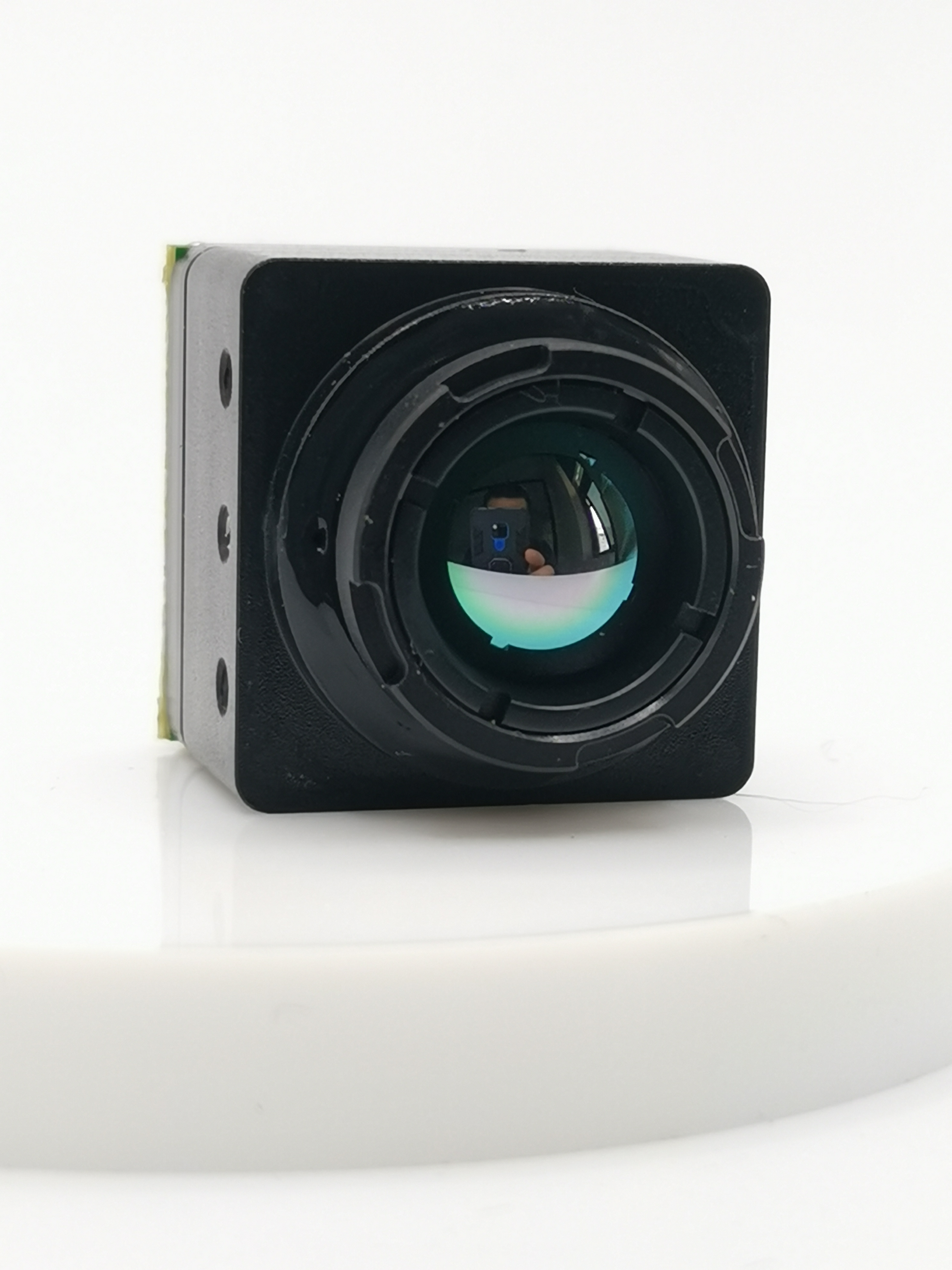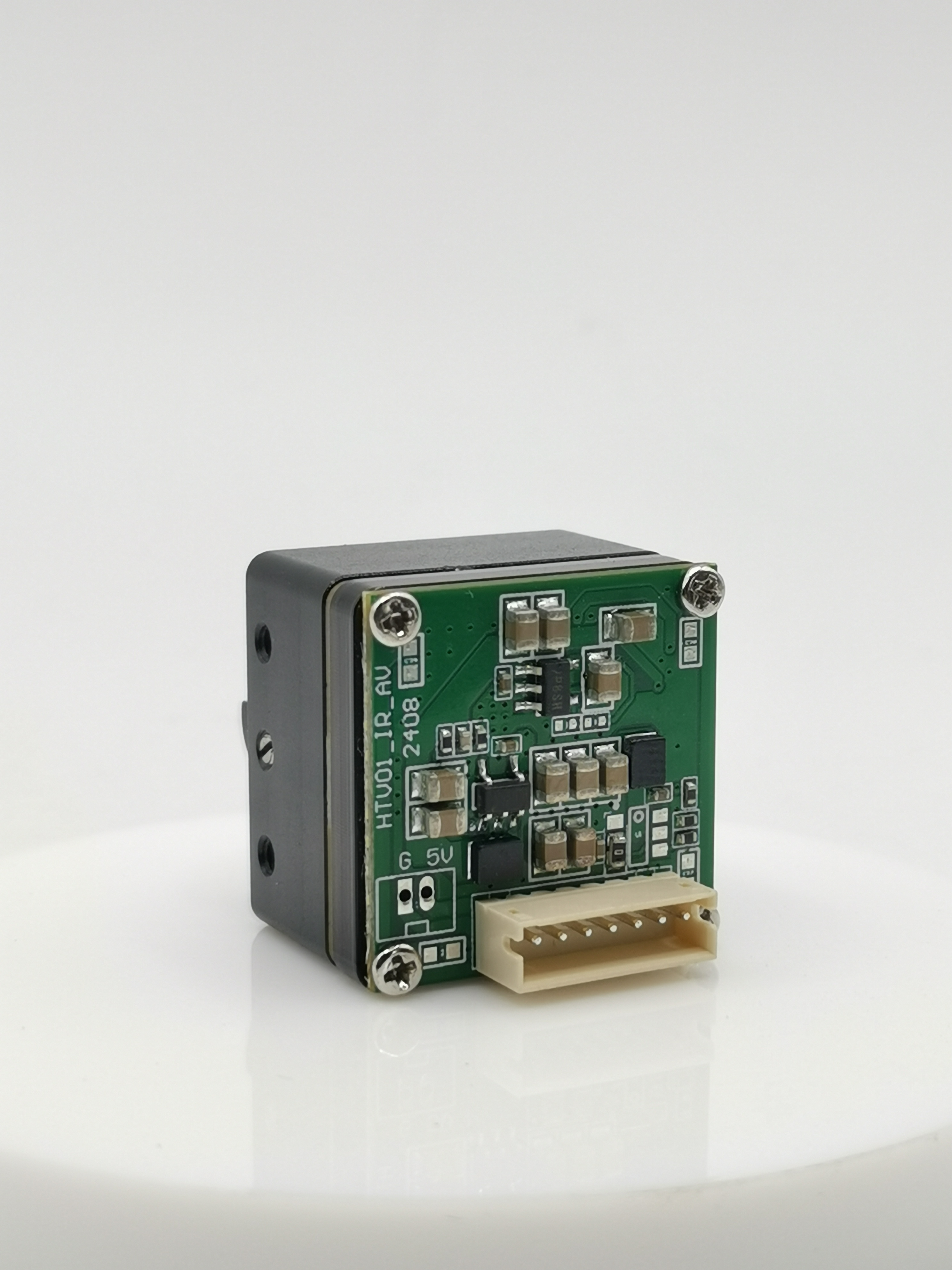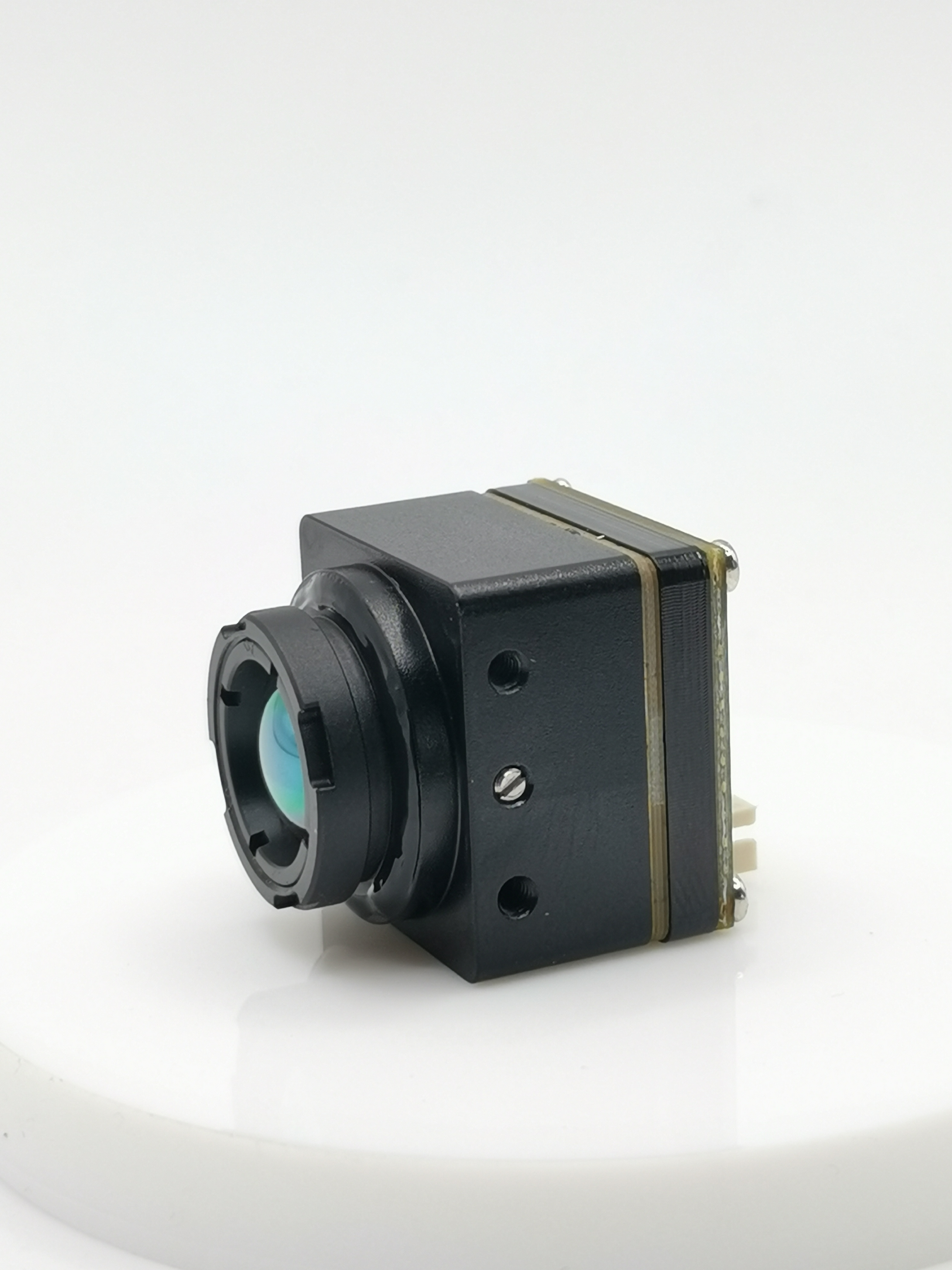Factors to Consider When Selecting a Personal Thermal Camera

When selecting a personal thermal camera, it is crucial to understand the significance of this decision. The right choice can enhance security ca and provide valuable insights. In this blog, we will delve into key factors that influence your selection process, guiding you towards an informed decision. By exploring aspects such as temperature range, spectral capabilities, sensitivity, resolution, optics, and field of view, you can ensure that your night vision thermal camera aligns perfectly with your needs. For any assistance, you can always reach out to Raymarine customer service number.
Temperature Range and Value

When considering a thermal imaging camera, understanding the temperature range it can measure is crucial. These cameras have operating temperatures ranging from 4 K to just below room temperature, offering a wide spectrum for detection. The modern cooled detectors operate in the 60 Kelvin to 100 K range, ensuring precise thermal readings. Uncooled infrared sensors are also available, stabilized to reduce image noise without requiring cryogenic coolers, making them more compact and cost-effective.
In the realm of personal thermal imaging cameras, Seek Thermal Inc. stands out with its latest innovation, the Reveal FirePro X. This cutting-edge device provides detailed infrared information tailored for firefighters, enhancing their operational efficiency and safety measures. Seek Thermal Inc., a prominent player in the Thermal Imaging Systems Market, continues to push boundaries in thermal imaging technology.
Considering the value aspect when selecting a thermal camera is equally important. Evaluating the cost versus features ensures that you invest wisely in a device that meets your requirements without unnecessary expenses. Viewing this decision as a long-term investment emphasizes the durability and performance sustainability of your chosen thermal camera.
Spectral Range
Understanding Spectral Range
Thermal imaging technology operates within a specific spectral range, defining the wavelengths of electromagnetic radiation detected by the camera. The definition and importance of this range lie in its ability to capture thermal information accurately. By focusing on different wavelengths, thermal cameras can identify heat patterns with precision, making them invaluable for various applications.
In different scenarios, such as air conditioning installations or quality control processes, understanding the application of spectral range becomes crucial. For instance, in mold detection, the unique capabilities of thermal cameras allow for early identification of temperature variations that indicate potential mold growth. This proactive approach enhances maintenance efficiency and prevents extensive damage.
Matching Spectral Range to Requirements
When selecting a personal thermal camera, it is essential to align the spectral range with your specific needs. Common uses include security monitoring and electrical inspections where accurate temperature readings are vital for detecting anomalies. In specialized applications like defense sectors, governments worldwide leverage advanced short-wavelength IR cameras to provide military personnel with precise information for strategic decision-making.
By matching the spectral capabilities of your thermal camera to your requirements, you ensure optimal performance across diverse scenarios. This tailored approach maximizes the utility of thermal imaging technology in various fields, emphasizing its adaptability and reliability in capturing critical thermal data.
Sensitivity and Resolution

Sensitivity (NETD)
Understanding the Definition and Role
Thermal cameras possess a critical factor known as Sensitivity or Noise-Equivalent Temperature Difference (NETD). This parameter determines the camera's ability to detect minimal temperature variations accurately. The lower the NETD value, the more sensitive the camera is in capturing subtle temperature changes. A high sensitivity level ensures that even the slightest thermal differences are detected with precision, making it an essential aspect for various applications.
Recognizing Its Importance in Detection
The Sensitivity of a thermal camera plays a pivotal role in enhancing detection capabilities. By having a low NETD value, the camera can identify temperature variations effectively, enabling users to pinpoint anomalies swiftly. This heightened sensitivity is particularly beneficial in scenarios where detecting minor temperature changes is crucial for decision-making processes. Investing in a thermal camera with optimal sensitivity guarantees reliable performance across diverse environments and applications.
Resolution
Impact on Image Quality
Resolution significantly impacts the quality of thermal images produced by a camera. It refers to the level of detail and clarity captured in each image frame. Higher resolution cameras with more pixels offer sharper and more defined thermal images, allowing users to discern finer details within the scene. Opting for a thermal camera with superior resolution ensures that critical information is not lost during image capture, enhancing overall visibility and analysis capabilities.
Selecting the Right Resolution
Choosing an appropriate resolution for your thermal camera depends on your specific requirements and intended applications. Consider factors such as distance from the target object, desired image clarity, and level of detail needed for accurate analysis. By selecting the right resolution tailored to your needs, you can ensure optimal performance and precise thermal imaging results across various use cases.
Optics and Field of View
When it comes to personal thermal cameras, the optics play a crucial role in capturing accurate thermal images. The lens quality directly impacts the clarity and precision of the captured data. Investing in a camera with high-quality lenses ensures that temperature variations are detected with utmost accuracy, providing valuable insights for various applications.
Moreover, the focus capabilities of a thermal camera are essential for maintaining sharp images. Cameras with reliable focus features enable users to adjust the focus easily, ensuring clear thermal imaging even in dynamic environments. By prioritizing cameras with superior focus capabilities, individuals can enhance their overall experience and optimize the performance of their thermal imaging device.
In addition to optics, considering the field of view (FOV) is vital when selecting a personal thermal camera. The importance of FOV lies in its ability to determine the area covered by the camera's lens. Matching the FOV to your specific use case ensures that you capture relevant thermal data effectively within your intended field of vision. Whether for security monitoring or industrial inspections, aligning the FOV with your requirements enhances operational efficiency and maximizes the utility of your thermal imaging device.
Recap of Key Factors Discussed:
Seek Thermal's latest innovation, the Reveal FirePro X, offers detailed infrared information tailored for firefighters, enhancing operational efficiency and safety measures.
Evaluating cost versus features ensures wise investment in a thermal camera that meets requirements without unnecessary expenses.
Aligning spectral range with specific needs optimizes performance across diverse scenarios.
Sensitivity (NETD) and resolution play crucial roles in detection and image quality, respectively.
Optics quality and field of view matching to use cases enhance thermal imaging accuracy.
Emphasis on Making an Informed Decision:
Prioritizing key factors discussed empowers individuals to make informed decisions when selecting personal thermal cameras.
Encouragement to Consider Personal Needs and Future Developments:
Considering personal needs and anticipating future developments ensures the chosen thermal camera remains relevant and effective in evolving scenarios.
See Also
Selecting the Top Drone Thermal Camera for Aerial Thermography
Picking the Finest Drone Thermal Camera for FPV Imaging
Finding the Perfect FPV Thermal Camera for Your Drone
Deciding on the Ideal FPV Thermal Camera for Drone Monitoring
Selecting the Optimal Thermal Camera for FPV Drone Technology
Contact Us: Ms. Coco Huang
E-mail: sales@iasun.cn
WhatsApp/Wechat: +86 13510421923

